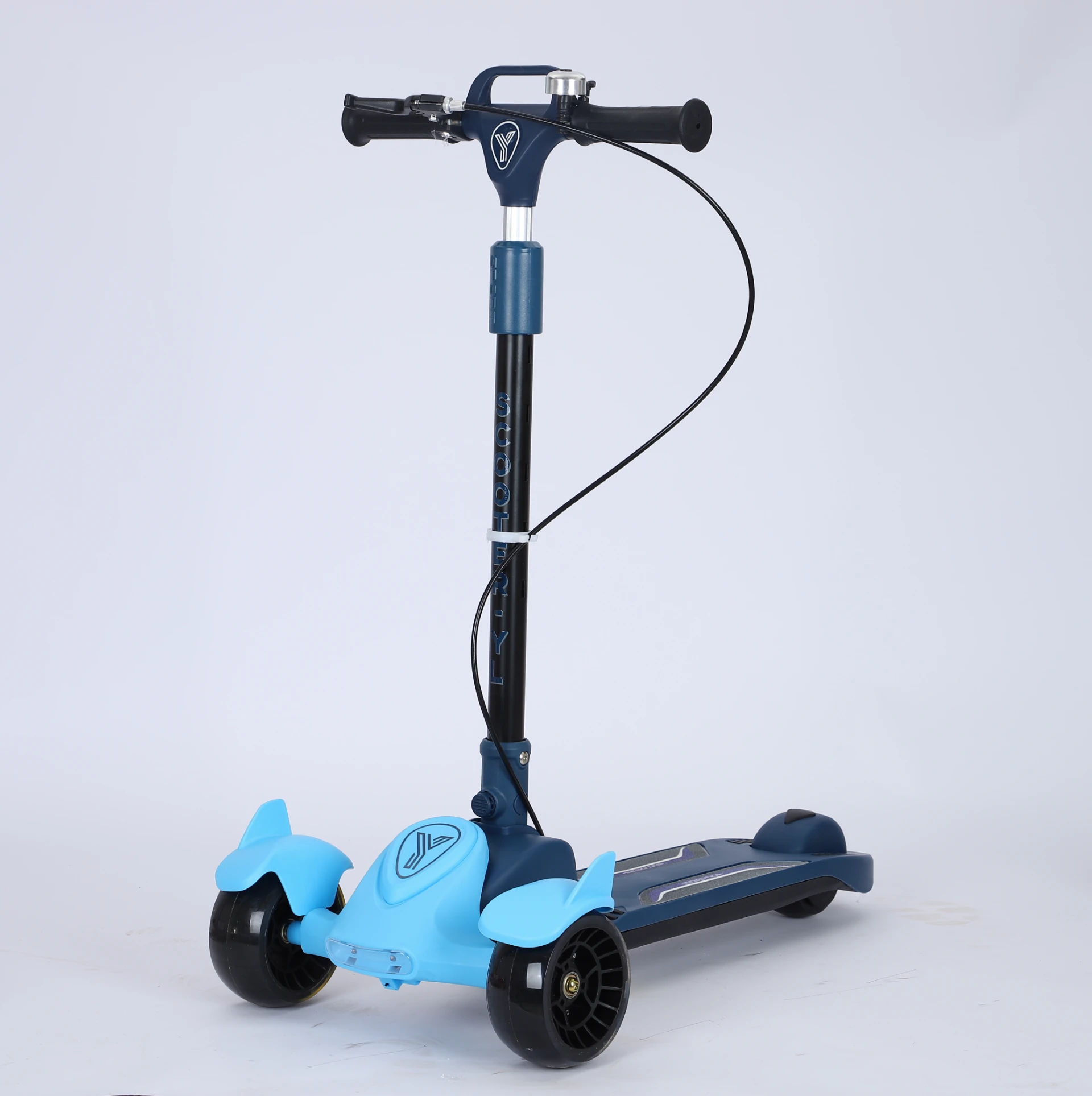Mountain Bike FAQ - Answers to Your Top Questions
Mountain Bike FAQ Your Essential Guide
Mountain biking is an exhilarating outdoor activity that appeals to thrill-seekers and nature enthusiasts alike. If you're new to the sport or looking to expand your knowledge, this Mountain Bike FAQ will help address common questions and provide essential insights into the world of mountain biking.
1. What are the different types of mountain bikes? Mountain bikes come in several varieties, each designed for specific terrains and riding styles. The main categories include
- Cross-Country (XC) Bikes Lightweight and efficient, these bikes are perfect for climbing and long-distance rides. - Trail Bikes Versatile and balanced, trail bikes handle a mix of uphill and downhill terrain, making them ideal for general mountain biking. - All-Mountain Bikes Built for more aggressive riding, these bikes are designed to tackle rugged trails and steep descents. - Downhill (DH) Bikes Specifically engineered for steep descents, DH bikes feature robust frames and superior suspension systems but are not suitable for climbing. - Fat Bikes Equipped with oversized tires, fat bikes excel in snow and sand, providing excellent traction on soft surfaces.
2. How do I choose the right size mountain bike? Choosing the correct size is crucial for comfort and performance. Mountain bike sizes typically range from extra small to extra large. To find your perfect fit, consider your height and inseam measurements. Most manufacturers offer sizing charts to guide you through the selection process. It's advisable to test ride a few different sizes to see what feels best.
3. What gear do I need to start mountain biking? Essential gear includes
mountain bike faq

- Helmet A well-fitting helmet is vital for safety. - Gloves These improve grip and protect your hands. - Clothing Wear moisture-wicking, durable clothing suitable for the weather. - Shoes Stiff-soled shoes designed for biking provide better power transfer. - Protective Gear Depending on the terrain, consider knee and elbow pads for added protection.
4. How can I maintain my mountain bike? Regular maintenance ensures your bike performs optimally. Key maintenance tasks include
- Cleaning Regularly clean the frame, chain, and drivetrain. - Lubrication Apply lubricant to the chain and pivot points to prevent wear. - Tire Pressure Check and maintain proper tire pressure for better handling and comfort. - Brakes Inspect brake pads and cables frequently to ensure they function properly.
5. What are some popular mountain biking trails? Popular trails vary by region, but some renowned spots in the U.S. include Moab's Slickrock Trail in Utah, Whistler Bike Park in Canada, and the Colorado Trail. Research local trails that match your skill level and bike type for an optimal experience.
In summary, mountain biking is an exciting sport that offers countless adventures. Whether you're hitting local trails or exploring national parks, understanding your bike and preparing appropriately will enhance your experience. Happy riding!
-
The Perfect Baby TricycleNewsAug.11,2025
-
Ride into Fun with Bikes for KidsNewsAug.11,2025
-
Ride into Adventure with the Perfect Kids Balance BikeNewsAug.11,2025
-
Fun and Safe Riding with the Best Childrens ScootersNewsAug.11,2025
-
Find the Perfect Childrens Bike for Your Little OneNewsAug.11,2025
-
Explore the Best Baby Tricycles for Your Little OneNewsAug.11,2025
-
Three-Wheel Light-Up Scooter Benefits for KidsNewsJul.11,2025








